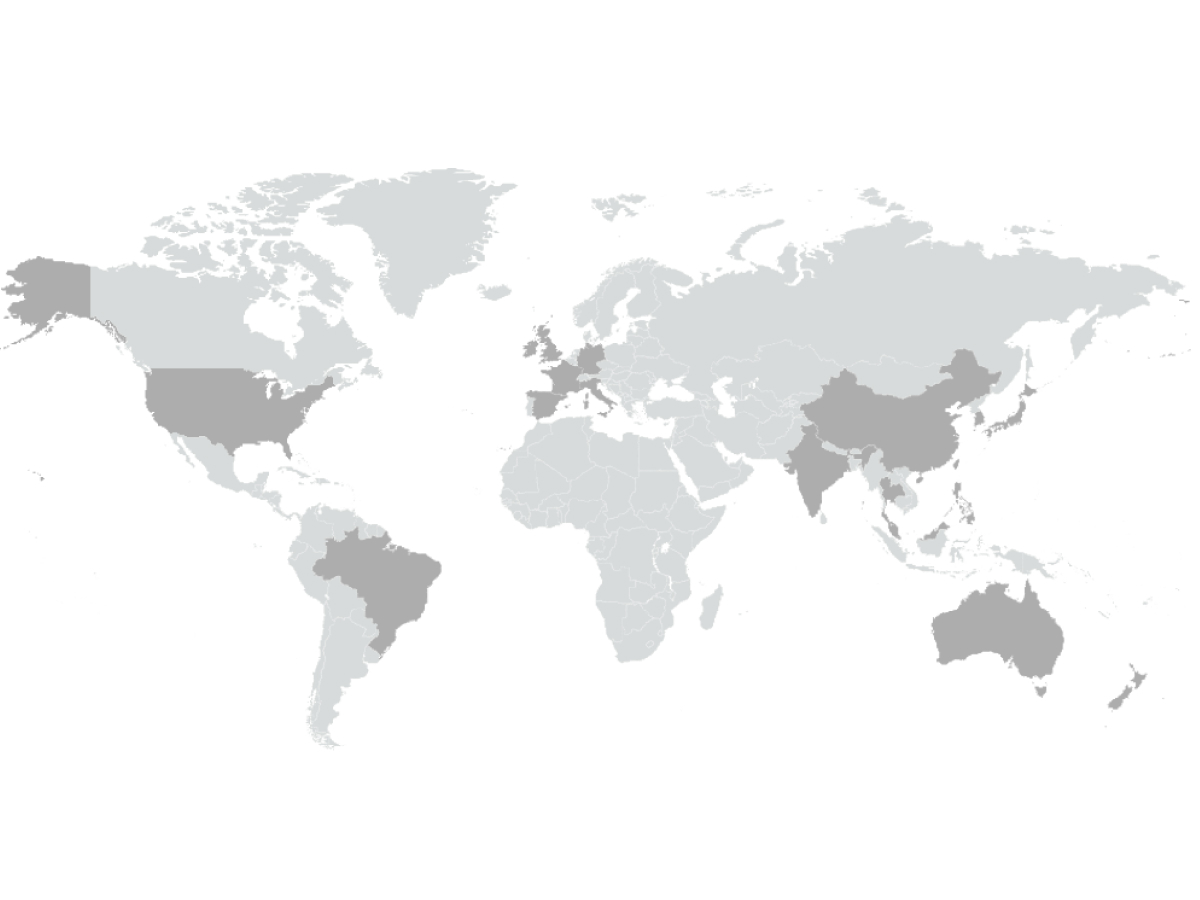When TNS launched its Call Guardian Authentication Hub (CGAH) in 2019 it set the standard for service providers to quickly and economically go-to-market with a solution capable of analyzing call events in real-time. The result of this analysis was the ability to notify subscribers of the relative risk of a call to help the subscriber avoid being impacted by nuisance, fraudulent and malicious calls. This value started to give subscribers better information on when to answer the phone call via the Advice of Risk (AoR) presented in the Caller Name presentation.
While Call Guardian has expanded and continued to advance in working with STIR/SHAKEN standards, capabilities of Internet Protocol (IP) and more advanced algorithms to find and identify risk, this value was not available to all service providers. Service providers using legacy technologies had been left behind.
Today, TNS is extending this innovative robocall protection solution to any service provider regardless of the technology used in their network. While some service providers who have not yet migrated to an all-IP infrastructure may be operating legacy TDM networks, ,carriers on TDM can still see great value in modernized capabilities for analytics and the ability to notify their subscribers of unwanted calls. Call Guardian has extended the ability to leverage our industry leading analytics engine and algorithm to include traditional non-IP network providers such as rural, legacy wireline and wireless service providers. Even though operating legacy networks, these service providers are just as committed to fully protecting subscribers from the risk of unwanted calls and can now leverage the capabilities of Call Guardian to serve their subscribers.
Who can benefit?
TNS analyzes more than 1.6 billion daily calls across hundreds of carrier networks to identify current robocall trends and scams. By assigning a risk rating to more than one billion telephone numbers, TNS ensures that consumers have more insight into the trustworthiness of incoming phone calls.
TNS’ new expansion of our Advice of Risk service is offered as part of CGAH. This capability supports the industry standard of GR-1188 defining Caller Name Delivery. Now the value and intelligence of Call Guardian can be made available to subscribers who would not normally receive any robocall call protection. This technology expansion can also be used to complement the SIP-based call treatment services or in mixed service provider networks.
While 75% of inter-carrier traffic originates from Tier-1 carriers, more than 95% of high-risk calls originate from non-Tier-1 telephone resources. TNS’ goal is to bring the benefits of its call analytics to as many service providers as possible. In this case, not just Tier-2 and Tier-3 carriers with IP networks, but those with legacy TDM networks as well.
How it works?
GR-1188 refers to the switching and signaling industry requirements for Calling Name Delivery (CNAM). The service uses the CNAM query and returns the proper risk warning label in the Generic Name Parameter based on the calling party telephone number’s reputation. If that calling party number has a positive reputation, then the service forwards the CNAM query to the CNAM service provider to perform a traditional CNAM dip and response.
Call Guardian Authentication Hub is part of the TNS Identity and Protection Suite – which also includes TNS Call Guardian® and TNS Enterprise Branded Calling. If you are a legacy TDM network operator seeking to enhance robocall protection capabilities for subscribers, let us know by emailing solutions@tnsi.com.
John Haraburda is Director of Product Management at TNS with specific responsibility for TNS’ Communications Market identity and Protection Solutions.
Call Guardian is a registered trademark of Transaction Network Services, Inc.





